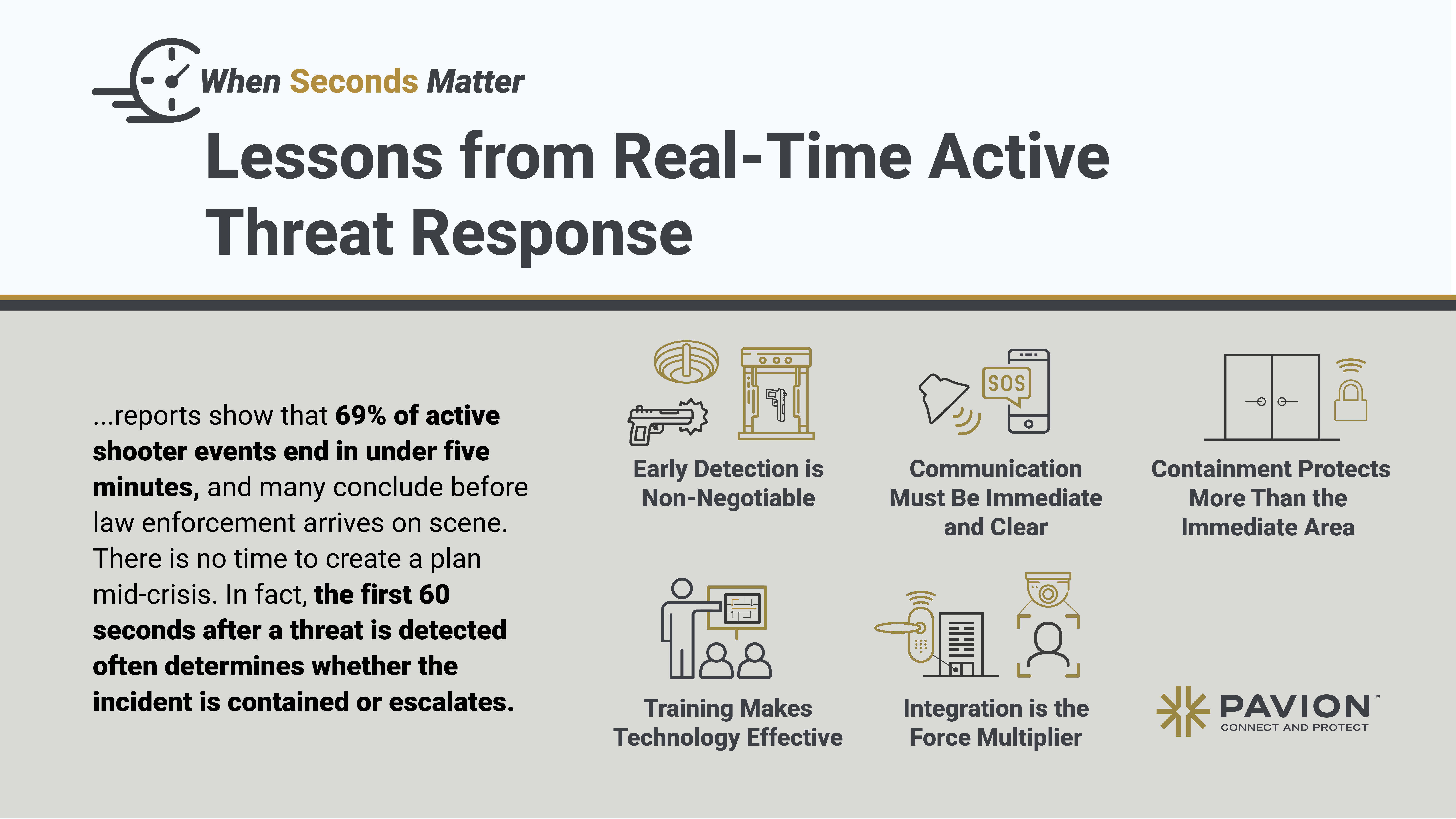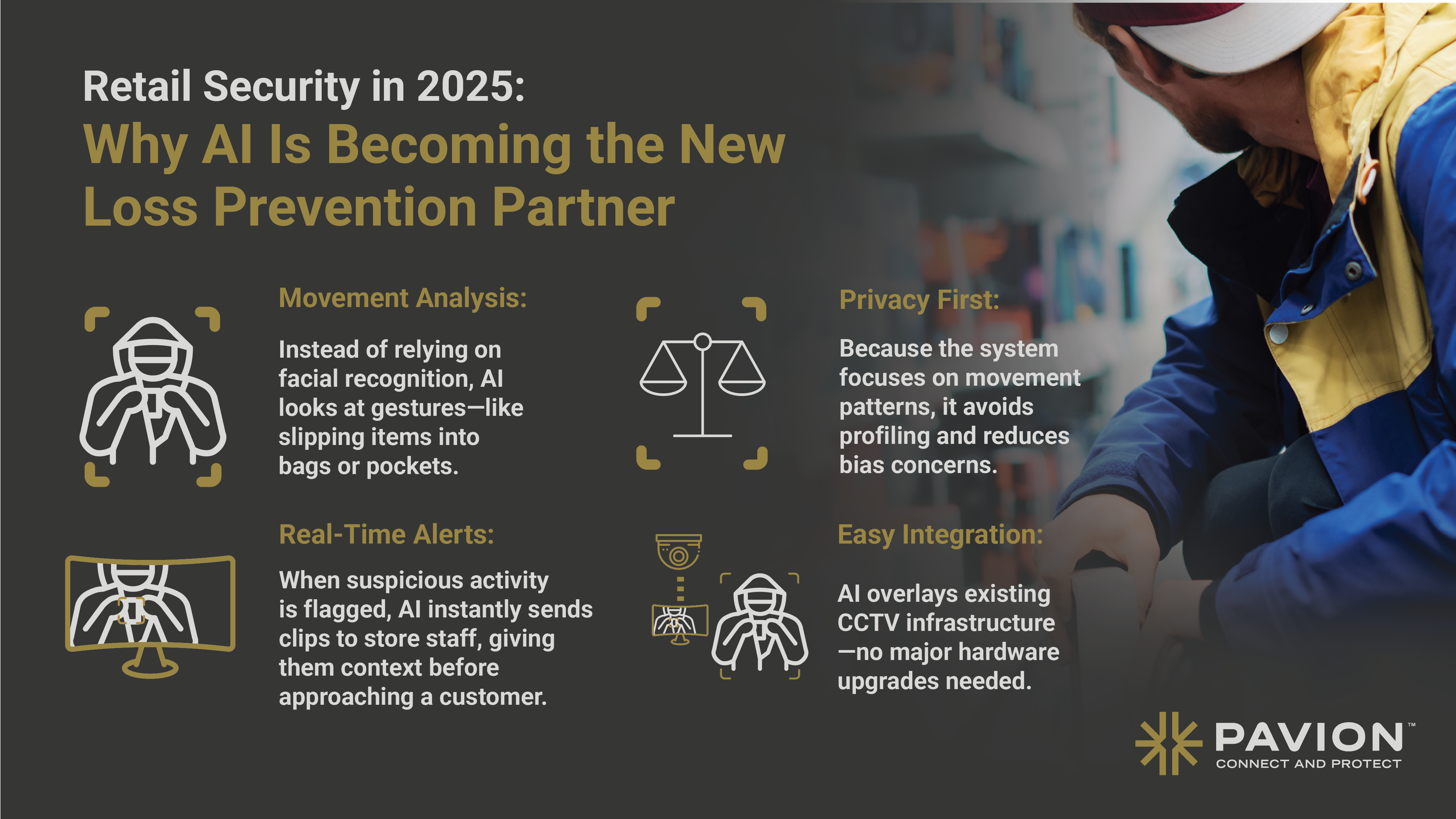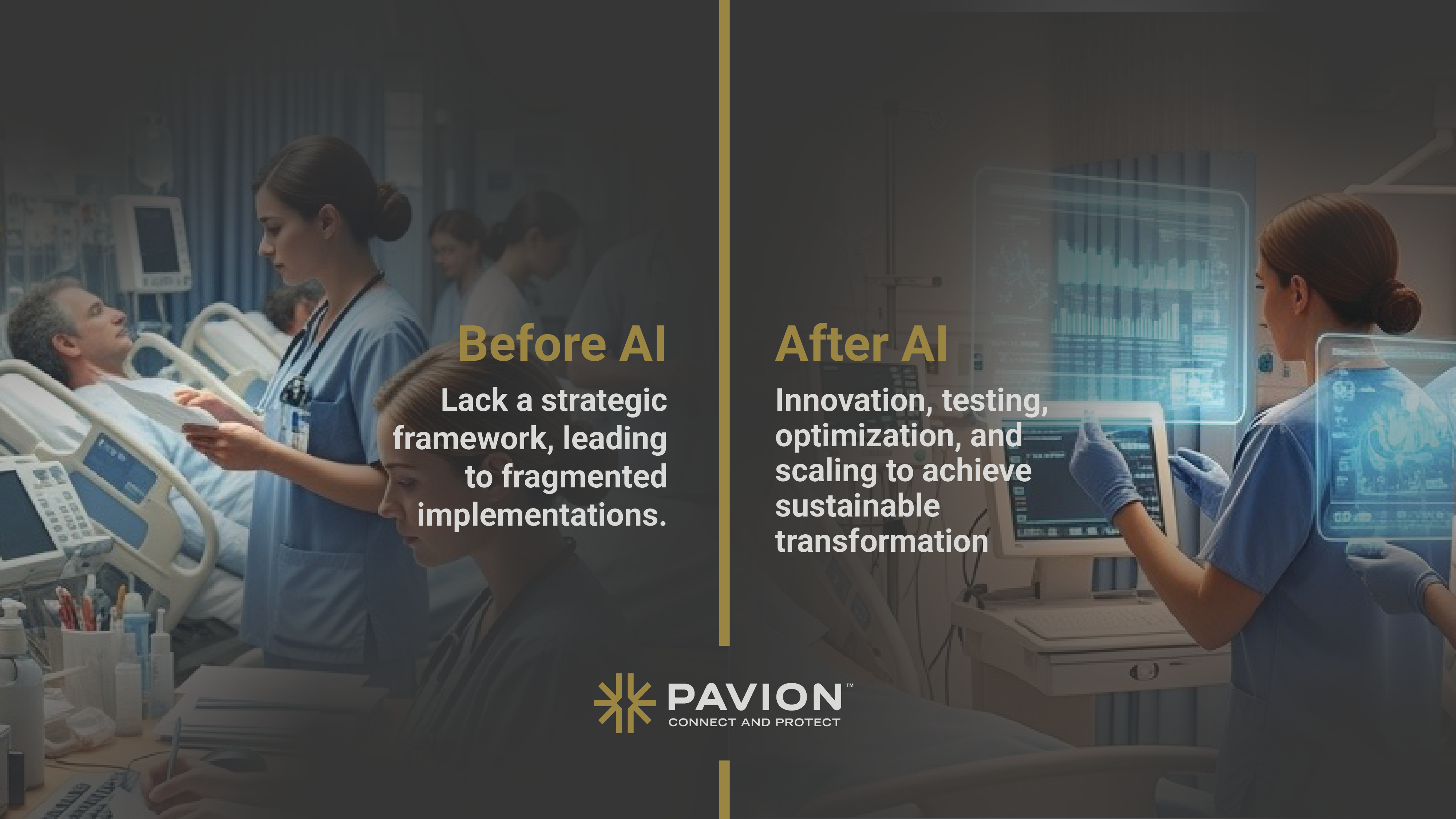
AI is Here, and the Race is On
Artificial Intelligence is no longer a futuristic concept reserved for the labs of Big Tech. It has become accessible to nearly every industry. Manufacturing, finance, retail, and entertainment are already embedding AI into daily operations. The reality is simple: if organizations are not exploring AI today, they are already falling behind.
Healthcare is no exception. Hospitals, clinics, and research institutions are adopting AI tools at a rapid pace, but many are doing so without a cohesive strategy or a clear framework for measuring outcomes. As a result, AI often feels like a collection of isolated projects rather than a connected system that drives real transformation.
What is the Plan?
Every successful AI journey begins with a plan. Healthcare leaders should be asking themselves a set of critical questions before investing heavily:
- What problems are we solving?
Are we looking to reduce patient wait times? Do we need to improve nurse efficiency to combat staffing shortages? Is our goal to identify high-risk patients earlier to reduce readmissions? Without clear problem statements, AI becomes a solution in search of a problem. - What challenges stand in the way?
Healthcare is a uniquely complex environment. Integration with legacy electronic health records, concerns about patient privacy, HIPAA compliance, and staff adoption create real barriers. AI tools may look promising in theory, but leaders must consider how they interact with existing systems and workflows. - What outcomes are we driving?
Outcomes must be defined at the start. If the objective is to improve patient satisfaction, the organization must track scores before and after AI deployment. If the goal is staff efficiency, metrics such as response times and completed tasks per shift should be measured. - How do we measure success?
Success is not about implementing the latest AI model or tool. It is about whether patient experiences improve, staff workloads decrease, and overall outcomes align with the original vision.
Agility, Effectiveness, and Speed
The promise of AI is rooted in three factors: speed, effectiveness, and agility.
- Speed: Does the tool allow clinicians to reach answers faster, whether through diagnostic support, scheduling automation, or intelligent routing of patient requests?
- Effectiveness: Are the results better than traditional methods? For example, does AI improve diagnostic accuracy or reduce administrative errors?
- Agility: Healthcare is not static. New regulations, diseases, and patient expectations emerge constantly. AI must be flexible enough to adapt. A solution that works today but cannot be refined tomorrow will quickly become obsolete.
Healthcare systems that evaluate AI through these lenses are far more likely to achieve sustainable results.
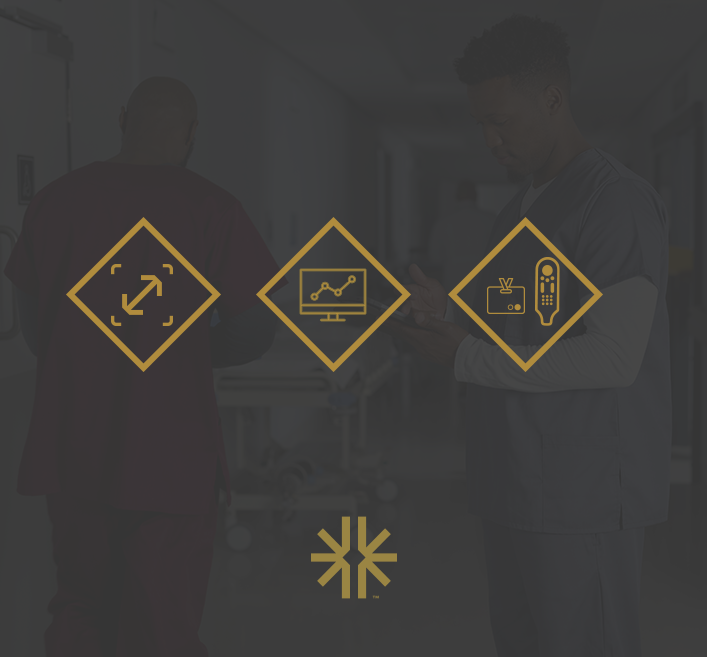
The Human Experience: Patients and Staff
The impact of AI is not only measured in data and reports. Its true test lies in the day-to-day experience of patients and staff.
- Patient Experience: AI can help reduce bottlenecks by streamlining appointment scheduling, triaging incoming calls, and predicting patient flow in emergency departments. Personalized care recommendations can make patients feel seen rather than treated as numbers.
- Staff Response Times: Tools that prioritize alerts and route requests to the right team member can help nurses respond more quickly. This is especially important in environments where minutes, or even seconds, matter.
- Improved Patient Satisfaction: Faster service, better communication, and fewer errors translate directly into higher satisfaction scores. Hospitals are increasingly being evaluated by these metrics, and AI can play a role in lifting them.
- Staff Efficiency and the Nursing Shortage: Perhaps the most pressing challenge in healthcare today is the nursing shortage. AI can assist by automating repetitive administrative tasks, from charting to inventory management. This allows nurses and doctors to spend more time with patients and less time behind a desk.
When AI improves both patient outcomes and staff experiences, it creates a cycle of positive reinforcement that strengthens the entire healthcare system.
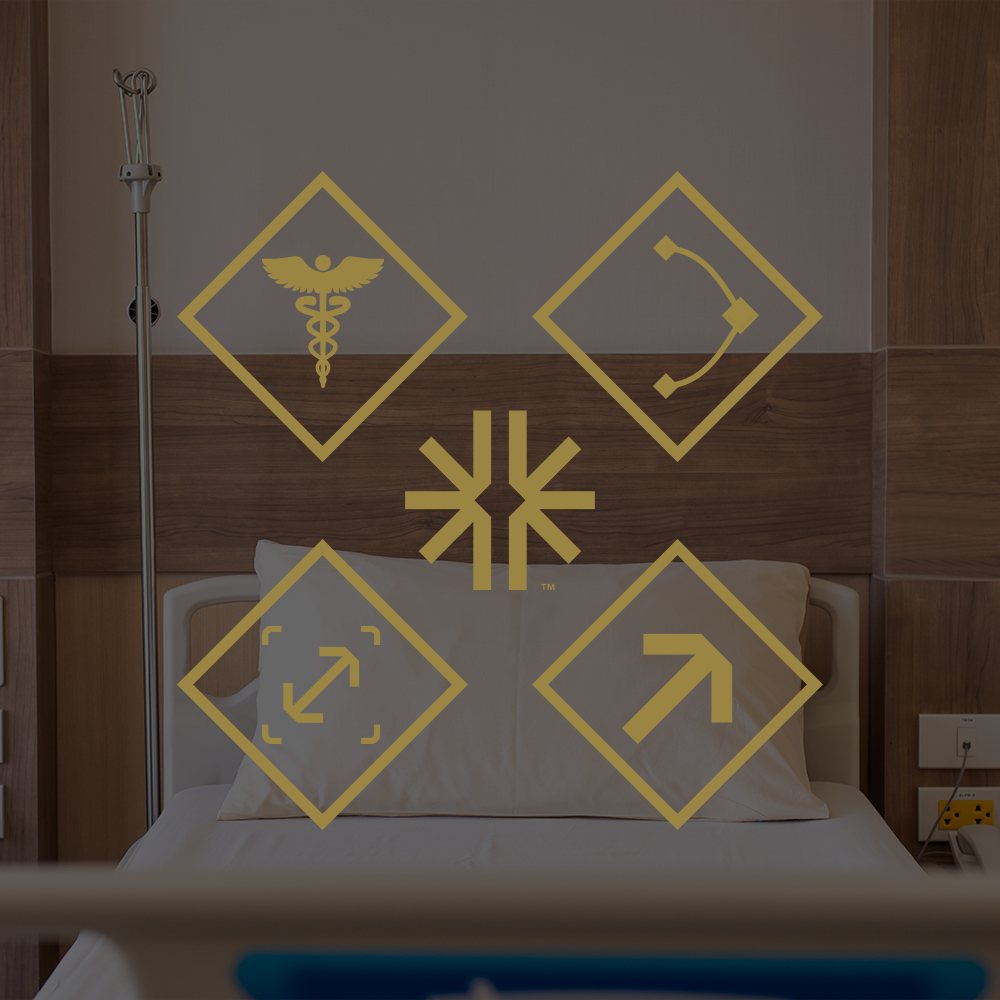
Innovate, Test, Optimize, Scale
AI adoption should not be viewed as a single implementation project. It is a journey that unfolds in stages.
- Innovate: Begin with targeted pilots that focus on one clear, measurable problem. For example, test an AI-powered scheduling tool in a single department before rolling it out hospital-wide.
- Test: Establish success criteria from the outset. If the tool claims to reduce patient wait times, collect data that proves or disproves the claim. Testing prevents costly mistakes later.
- Optimize: Use the insights from testing to refine processes. AI models improve when they are retrained with real-world data, and workflows often need adjustment once they move from theory to practice.
- Scale: Once a solution proves value, expand it systematically. Scaling should be thoughtful, with training and change management built into the rollout. What works for one department can become the foundation for transformation across the enterprise.
This cycle ensures that organizations are not just experimenting with AI but building a repeatable model for sustainable success.
Looking Ahead
The race to AI adoption will only accelerate, but winning that race does not mean rushing blindly into every new technology. True leadership lies in creating thoughtful plans, aligning technology with clear outcomes, and measuring progress at every stage.
Healthcare leaders who take this disciplined approach will not only keep pace with change but will also shape the future of healthcare. By balancing innovation with responsibility, they will create systems that are safer, smarter, and more sustainable for patients and staff alike.

